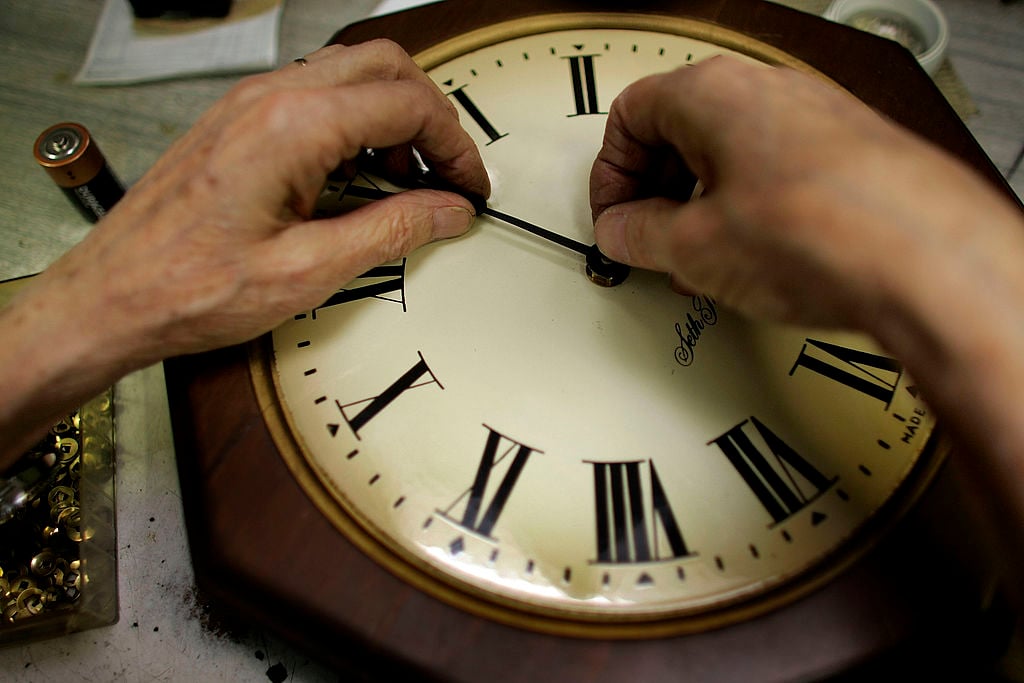It’s that time of year. Roughly 70 different countries now change their clocks, especially those further away from the equator. It means many of us are now familiar with the biannual shift, but why exactly does it happen and for how long have we been doing it?
Well, the answer varies depending on where exactly you’re talking about, as even within certain countries there is no one answer.

It was the German Empire and their ally Austro-Hungary that first changed their clocks on April 30 1916, after a wartime decree from Kaiser Wilhelm II. The decision was made to save energy and preserve coal, and the United Kingdom, fighting against the Germans and also gripped by war, followed suit on 21 May 1916. Many of Britain’s allies followed suit, as did some other neutral European countries.
Come the Second World War, Britain went even further, adopting double summer time (GMT + 2 hours).
While the dire effects of war finally prompted the change, the idea was not a new one. For the UK’s part, the decision followed years of British parliament rejecting attempts to alter the clocks.
Read More: Who invented the bicycle?
Benjamin Franklin is widely credited as the first proponent of the idea of changing the clock, coming up with it during his time as US envoy to France in the 1780s. It is believed, however, that Franklin’s suggestion was partly satirical, suggesting only that Parisians could save some money on candles by waking up earlier in the summer.
Rather, it was William Willett, a builder from Kent, England, who first raised the serious proposition of Britain’s Daylight Saving. The idea came to him in the early 1900s when he was out riding his horse one morning, and noticed the number of blinds still closed after sunrise. Willett campaigned for the change from 1907, with a bill rejected the following year In 1915, just a year before his dream was realized, Willett sadly died of influenza in 1915.
Different domestic time zones were established in the United States in the 1800s, initially to help railroad companies. Until this change, there were over 144 local time zones in North America alone, and mandating zones helped the scheduling of trains, as well as preventing crashes.

Yet it was not until 1918 that time zones were changed in the US. That move was known as the Standard Time Act of 1918, and, similarly to their European counterparts, was driven by a need to conserve fuel and energy as America’s World War I efforts intensified. Changing the clocks meant more daylight hours and therefore less lighting.
In America, after the war’s conclusion, daylight saving time was abolished nationally, but some states continued. It was the Uniform Time Act of 1966 that led to the US’s current version of daylight savings, yet even this has not meant total uniformity.
To this day, Arizona does not use DST, other than the semi-autonomous Navajo Nation, and neither does Hawaii. The state of Indiana only embraced the change in 2006.





